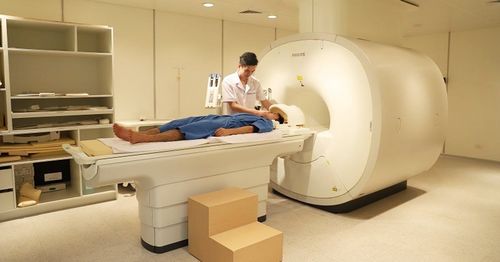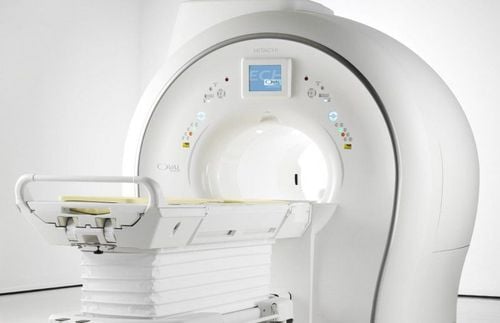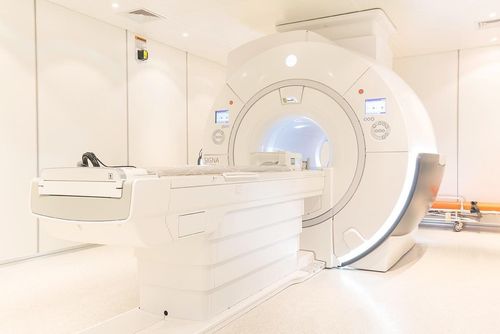This is an automatically translated article.
The article was professionally consulted by resident Doctor Nguyen Quynh Giang - Department of Diagnostic Imaging and Nuclear Medicine - Vinmec Times City International Hospital.Magnetic resonance imaging (MRI) is a very popular medical imaging technique today. The principle of MRI is to use a magnetic field and computer-generated radio waves to create detailed images of organs and tissues in the body. An MRI scan is completely painless, but it usually takes longer than other techniques, ranging from 15 to 90 minutes, depending on the size of the area being scanned and there are special requirements to follow.
Before performing, patients and relatives should note the following things so that the MRI scan can take place smoothly and with high efficiency.
1. Notes before taking an MRI
Does magnetic resonance imaging require fasting? This is the most frequently asked question. In principle, on the day of the MRI scan, the patient can still eat, drink and take prescribed medications as usual. However, in some cases, the patient may be asked not to eat or drink anything for up to 4 hours before the scan for clearer imaging. In these situations, the person may be encouraged to drink an equal amount of water.Upon arrival at the hospital, the patient or relative will be asked to answer a questionnaire about current health status and medical history. Then, the doctor performing the MRI will explain once more about the benefits and risks and will conduct the scan as soon as the consent form has been signed.
Because the MRI scanner will create a strong magnetic field, it is important to remember that people with metal objects placed in the body such as pacemakers, metal joint replacements, bone screws, etc. will have absolute and relative contraindications to MRI. Furthermore, before the scan, the patient will be carefully instructed to remove any metal objects from the body, including cell phones, glasses, watches, jewelry, such as earrings. and necklaces, dentures, hearing aids, wigs (some wigs have metal hooks)... Valuables should be stored in a secure locker and keys should be given to the body. core. In addition, patients are also changed into special clothes for MRI because ordinary clothes may have metal buckles, screws, buttons, and belts.
Regarding the use of contrast agents, this is a drug that makes certain tissues and blood vessels appear clearer and more detailed. However, sometimes the contrast agent can cause side effects, such as skin rash, headache, dizziness. Although these side effects are usually mild and do not last too long, this should be explained to the patient and family members. In patients with severe renal disease, prior renal function testing is required to ensure the ability to clear the drug from the body after imaging.
Regarding the use of anesthetics and sedatives, because of the relatively long imaging time, the use of these drugs will be necessary in some subjects with limited ability to cooperate, especially young children. If sedation is used in an adult, a family member is required as the patient is unable to drive home or do activities requiring alertness during the following 24 hours.
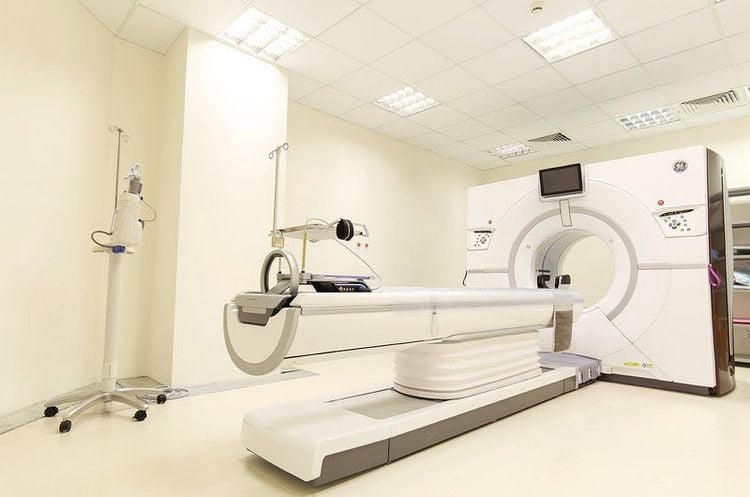
2. Precautions while taking an MRI
An MRI scanner is a short cylinder that opens slightly at both ends. The patient will lie on a motorized bed that moves inside the scanner. You will be inserted into the machine from the front head or the front leg, depending on the part of the body to be examined.A computer used to control the MRI machine is located in another room away from the magnetic field. The doctor or the technician who operates the computer will talk to you through an intercom and they will watch you all the time on the television screen.
To avoid blurred, blurred, out of focus images, it is very important to remember to always try to keep the body part to be examined during the entire scan until the doctor announces the end. A magnetic scan can take anywhere from a few seconds to three to four minutes, and the patient is instructed to hold their breath on command.
During the operation, the MRI scanner will make quite a loud noise. Patients need to wear earplugs to reduce this uncomfortable volume or can listen to music of their choice to feel more comfortable.
The doctor will control the bed to take you out of the machine when the MRI is over.
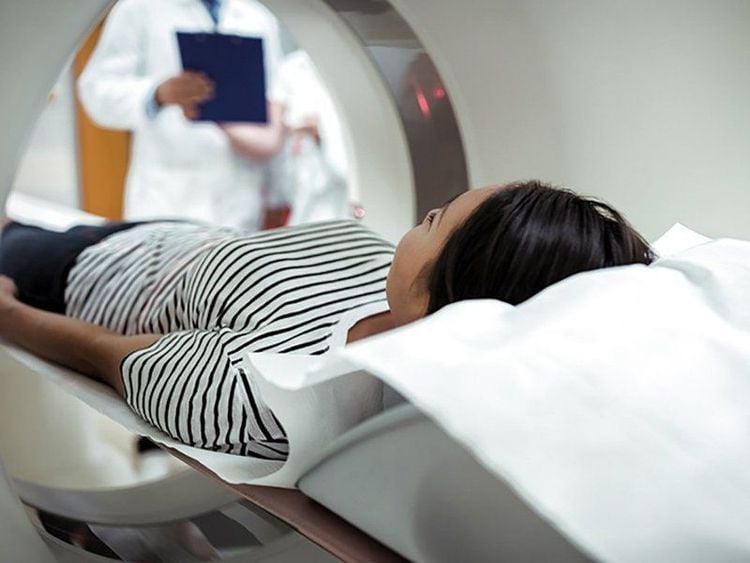
3. Notes after taking an MRI
Indications for MRI scans can still be performed as an outpatient. This means that the patient will not need to stay in the hospital overnight for further monitoring.Usually, after the scan, the patient can resume activities immediately, including eating, walking, and exercising. In the case of sedation, a loved one will need to drive you home and stay with you for the first 24 hours when the medication wears off completely. Absolutely do not drive, operate machinery or drink alcohol during this 24-hour period.
MRI results take a certain amount of time to read and analyze, which can range from hours to days. If not in an emergency situation, requiring immediate results, most patients will be given an appointment to return for results later.
In short, according to the development of medicine, many diseases today to diagnose must rely on MRI tools. MRI scanners have become popular in most major hospitals, making a great contribution to medical examination and treatment. Therefore, it is necessary to clearly understand the above principles and coordinate well with doctors and technicians during the implementation process, to help you get accurate and useful MRI results.
Doctor Giang has many years of experience in the field of diagnostic imaging, especially in the field of multi-slice computed tomography, magnetic resonance. Currently, the doctor is working at the Department of Diagnostic Imaging and Nuclear Medicine - Vinmec Times City International Hospital.
Please dial HOTLINE for more information or register for an appointment HERE. Download MyVinmec app to make appointments faster and to manage your bookings easily.






